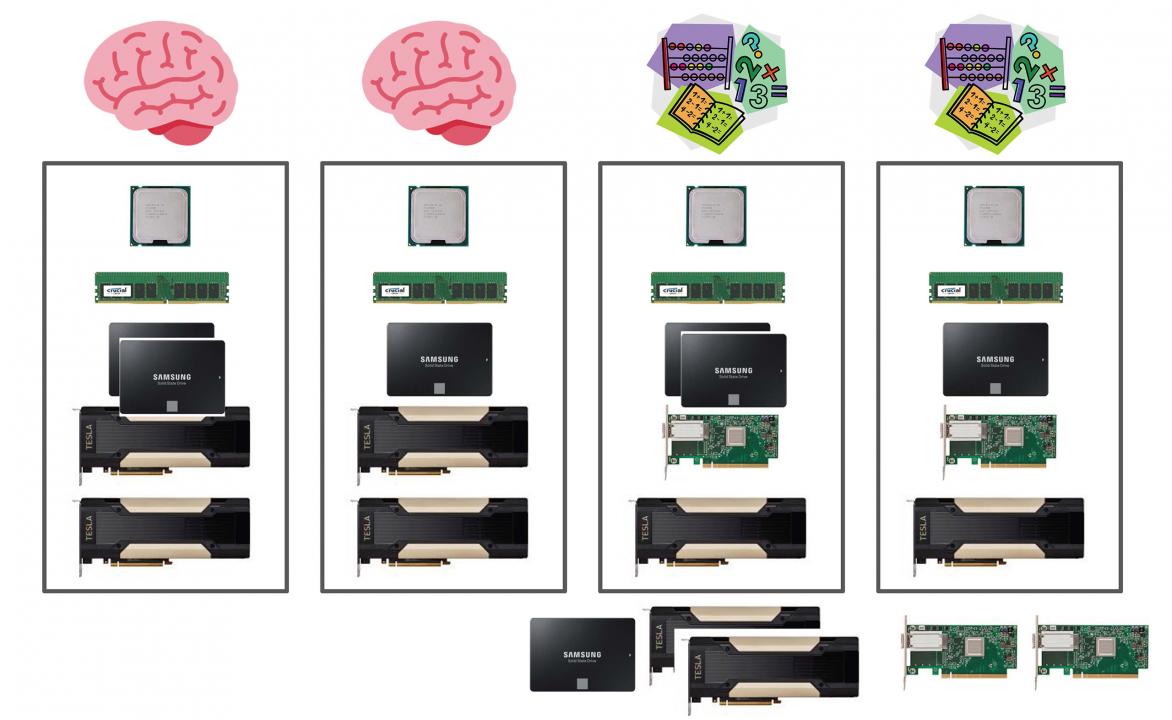|
|
||||||||||||||||||
COMPaaS DLV: Composable Infrastructure for Deep Learning in an Academic Research Environment
Authors: Brown, M., Renambot, L., Long, L., Bargo, T., Johnson, A.
Publication: MERIT (Midscale Education and Research Infrastructure and Tools) Community Event Workshop, 27th IEEE International Conference on Network Protocols (ICNP 2019), Chicago, IL URL: https://doi.org/10.1109/ICNP.2019.8888070 In today’s Big Data era, data scientists require new computational instruments in order to quickly analyze large-scale datasets using complex codes and quicken the rate of scientific progress. While Federally-funded computer resources, from supercomputers to clouds, are beneficial, they are often limiting - particularly for deep learning and visualization - as they have few Graphics Processing Units (GPUs). GPUs are at the center of modern high-performance computing and artificial intelligence, efficiently performing mathematical operations that can be massively parallelized, speeding up codes used for deep learning, visualization and image processing, more so than general-purpose microprocessors, or Central Processing Units (CPUs). The University of Illinois at Chicago is acquiring a much-in-demand GPU-based instrument, COMPaaS DLV - COMposable Platform as a Service Instrument for Deep Learning & Visualization, based on composable infrastructure, an advanced architecture that disaggregates the underlying compute, storage, and network resources for scaling needs, but operates as a single cohesive infrastructure for management and workload purposes. We are experimenting with a small system and learning a great deal about composability, and we believe COMPaaS DLV users will benefit from the varied workflow that composable infrastructure allows. Keywords: distributed systems, testbed implementation & deployment, composable infrastructure, deep learning, visualization Date: October 7, 2019 Document: View PDF |